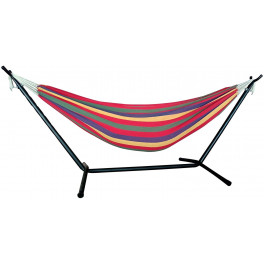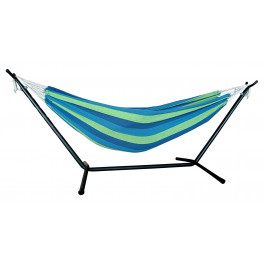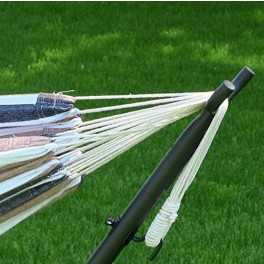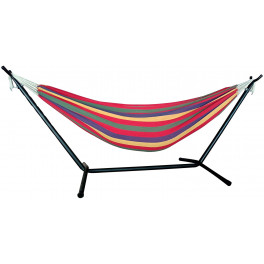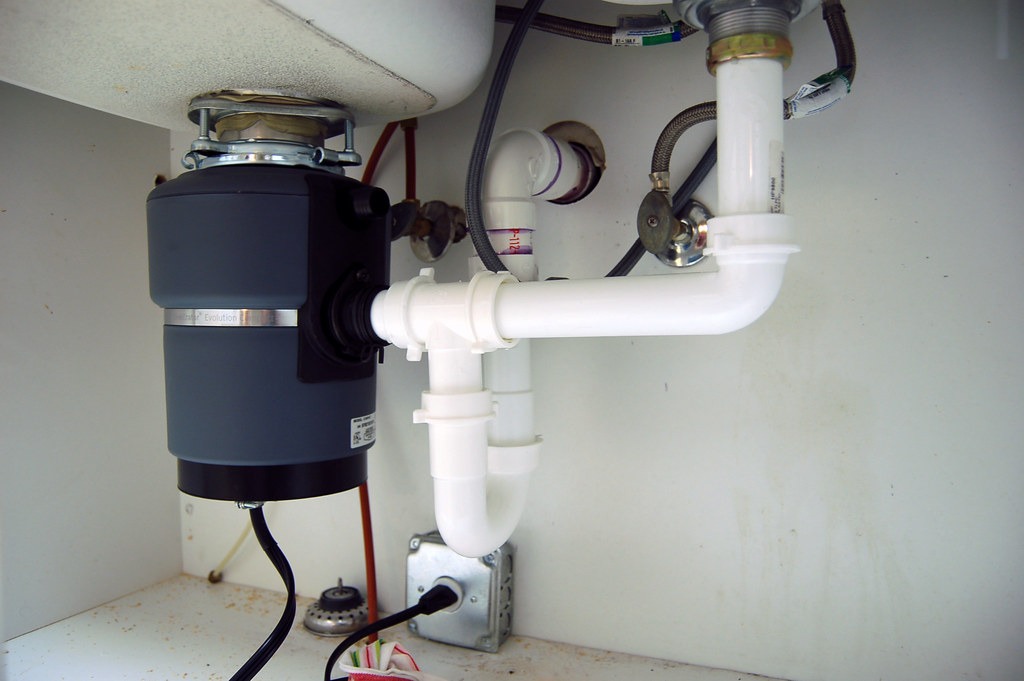Regular lawn mower maintenance, such as changing the engine oil, can keep your walk-behind lawn mower running smooth and extend its life. Because most lawn mower engines don’t have an oil filter, contaminants in the oil don’t get filtered out. The recommended time for changing oil is at least once every mowing season, usually in the spring or fall, or every 20 to 50 hours of operation. Depending on the size of your yard, you will probably have to do this simple task once a year.

Photo by Fineart1 on Shutterstock
Before you rush off to change the oil, consult your owner’s manual to determine what kind and how much oil you’ll need. If you don’t have the owner’s manual, you can look up your lawn mower or the engine online. Your lawn mower may or may not have an oil filter. If it does, you will want to change that too.
Before You Begin
Make sure you have the right tools and supplies before you begin. You will need:
- Motor Oil (probably SAE 30)
- Oil Filter (if your lawn mower has one)
- An appropriate oil drain pan
- ⅜-inch ratchet and extension to remove oil plug
- Small funnel
- Rags
If the lawn mower is cold, start it up and let it run for a few minutes. Oil drains best when it’s warm. Turn off the engine.
No Smoking, Please!
Don’t smoke while working on a lawn mower. Even if the gas tank is empty, gasoline fumes can still be present. Smoking around machinery that runs on gasoline can result in serious injury or death.
Drain as much gasoline from the gas tank as you can. You will be tipping the lawn mower on its side and don’t want gas pouring out of the gas tank. You can also place a plastic bag over the gas fill tube and secure it with a rubber band.
Replace the gas cap to keep the bag in place.
Disconnect the Spark Plug
Disconnect the spark plug wire. This will keep the lawn mower from accidentally starting while you’re working on it. The odds of this happening are very low, but it takes one second to remove the wire. Spinning blades are the last thing you want while your hands are under the mower.
Find the Oil Drain Plug and Drain the Oil
The oil drain plug should be located under the mower deck near the blades.
Tip the mower on its side, gas tank up, and look for a plug. Use a rag to clean the area around the plug. You will need a wrench with a ⅜ inch extension to remove the drain plug.
Loosen the plug until you can twist it with your fingers, but don’t remove the plug yet or you will have oil running all over the place.
Put the mower back on all four wheels and slide an oil pan underneath. You may need to place wooden blocks under the frame of the mower to raise it up high enough. Remove the oil plug with your fingers and let all the oil drain into the pan.
Reinstall the drain plug and tighten it.
Tilt Method to Drain the Oil
If you don’t have the tools to remove the oil plug or if your lawn mower does not have a drain plug (it’s possible), you can tilt the mower on its side and let the oil drain out through the fill tube.
To do this, remove the dipstick and tilt the mower until oil comes out the fill tube. Drain it into an approved oil pan. If your pan is small, place newspapers under and around the pan to catch any oil that misses the pan. Don’t use a container that’s not intended for oil.
Replace the Oil Filter (If Your Mower Has One)
Not all lawn mowers have an oil filter. If yours has one, it should be located on the side of the engine. It will resemble a standard oil filter like the one on your car. Twist the oil filter counterclockwise to remove it. You should be able to twist it off with your hands. Lubricate the seal on the new engine filter with clean oil and install the new filter. Twist the filter by hand until the seal is tight against the engine, then tighten the filter an additional 1/2 to 3/4 turn.
Refill the Engine
Remove the dipstick from the fill tube. Place a funnel in the fill tube and slowly pour in the new oil. Your owner’s manual will tell you the correct capacity. Don’t overfill! Too much oil can damage the engine. Once the new oil is in, remove the funnel and install the dipstick. Make sure the mower is sitting level.
Remove the dipstick and wipe it clean. Then install and remove the dipstick again and check the oil level. If the oil level is at the FULL line on the dipstick, you’re good to go.
Reconnect the Spark Plug and Clean Up
Remember to reconnect the spark plug wire. Dispose of the old oil and soiled rags in accordance with your local environmental laws. Never dump engine oil down a drain, into a ditch, or on dirt or grass. You can usually take old oil back to any place that sells oil.
Refill the gas tank, start up your lawn mower and start mowin’. Your lawn mower should be good for another mowing season. It’s a good idea to check the oil level frequently. Oil is crucial to keeping the engine running as it both lubricates and cools the engine. As oil breaks down, it loses its ability to do this effectively. If you have a large yard and use your lawnmower a lot, consider changing the oil more than once a season. It’s a simple task that will keep your mower running smoothly.




